TIBETAN SINGING BOWL
Tibetan singing bowls are still produced today using traditional methods combined with modern techniques. The Tibetan singing bowl can be plain or decorated. It sometimes features religious iconography and spiritual motifs and symbols, such as the Tibetan mantra Om mani padme hum, images of the Buddha or other deities. In the bottom case, the third eye is depicted, which is the eye of intuition. The open third eye is a symbol of spiritual wisdom and power, a connection to the invisible spiritual world.
Before being inscribed and painted, the Tibetan bowl is cleaned with a mixture of dyes. It is then placed in a special controlled environment so that the engraved line or design can leave traces behind. All inscriptions and ornaments are handmade. This is a very laborious process!
APPENDIX
Relaxation and meditation
Healing
Chakra alignment and body cleansing
Transmission of energies
Energizing the physical and energy bodies
Home decor and gifting purposes
Tibetan singing bowls are used around the world for meditation, music, relaxation and personal well-being. In some Buddhist practices, the singing bowl is used as a cue to initiate silent meditation.
Tibetan singing bowls are made from an alloy of seven different metals linked to seven astrological planets, which create a range of different sounds and hues. The seven metals are: gold, silver, mercury, copper, iron, zinc and brass, and are represented as 7 different planetary influences.
- Gold = The Sun
- Silver = The Moon
- Mercury = Mercury
- Copper = Venus
- Iron = Mars
- Zinc = Jupiter
- Brass = Saturn
Tibetan singing bowls are still produced today using traditional methods combined with modern techniques. They can be plain or decorated. Sometimes they feature religious iconography and spiritual motifs and symbols, such as the Tibetan mantra Om mani padme hum, images of Buddha or other deities.

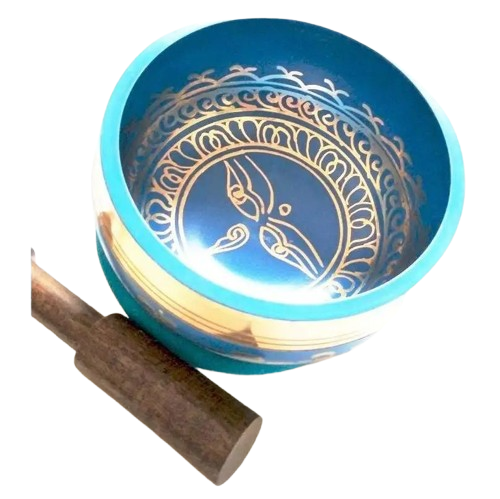
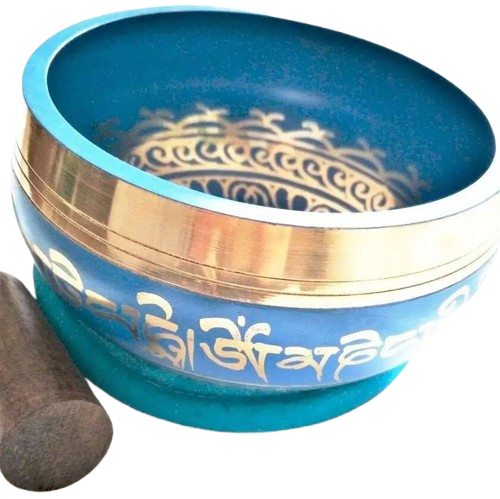
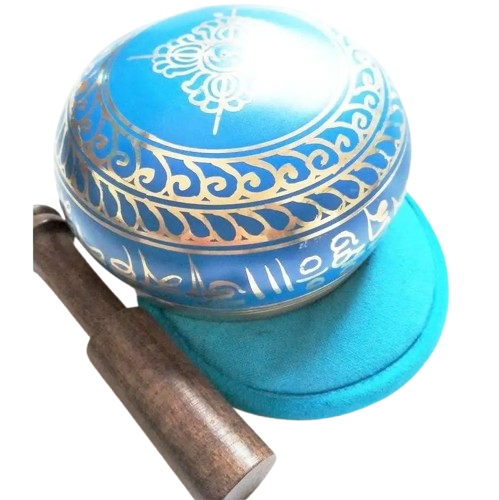
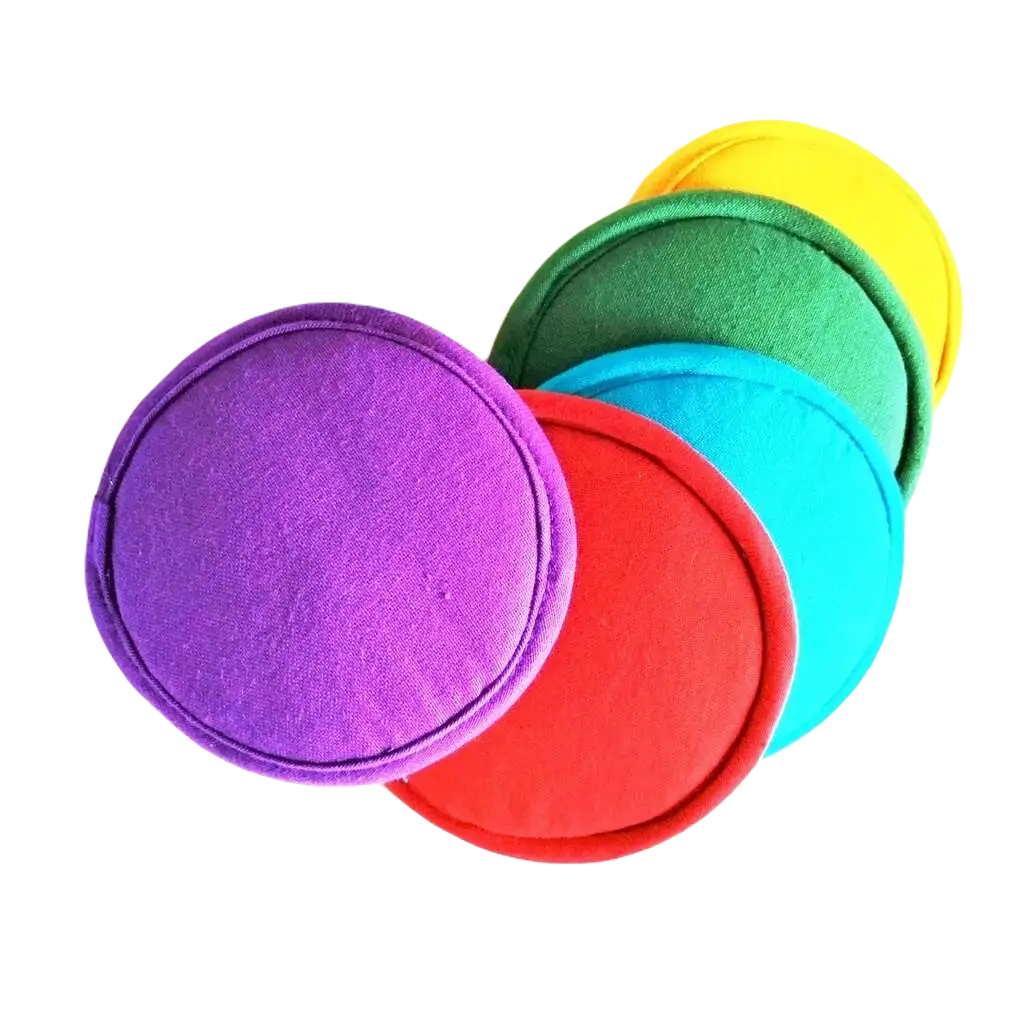
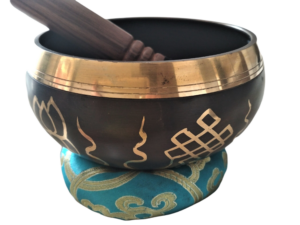
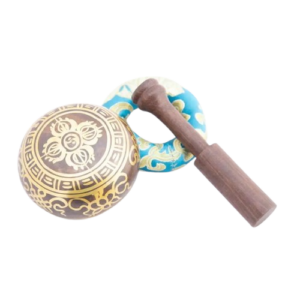
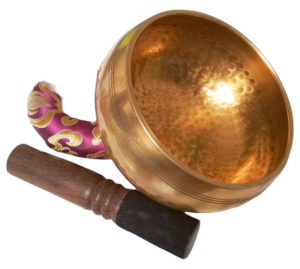
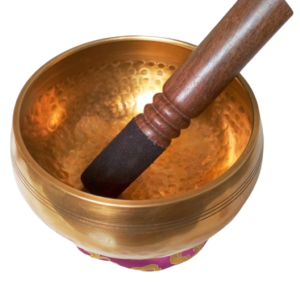
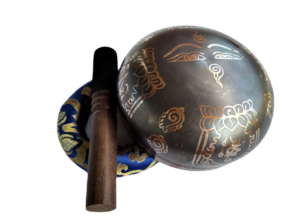
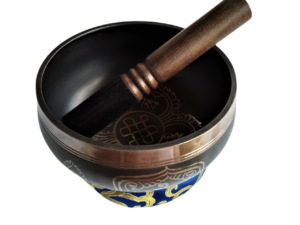
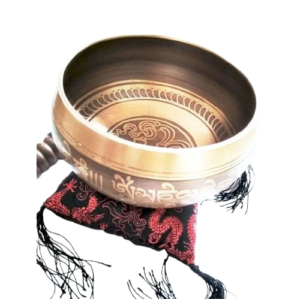
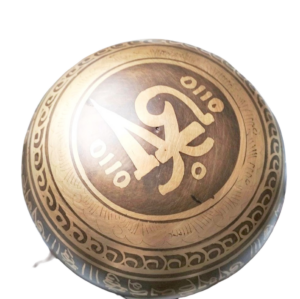
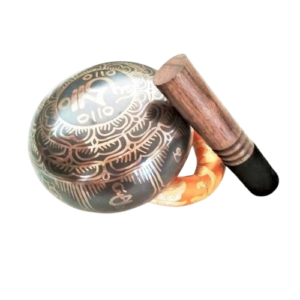
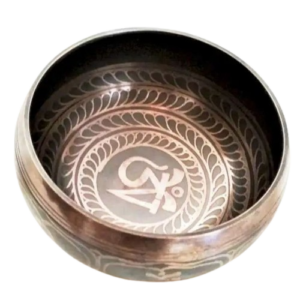
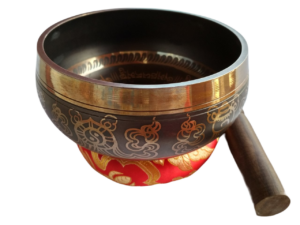
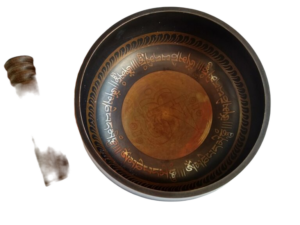
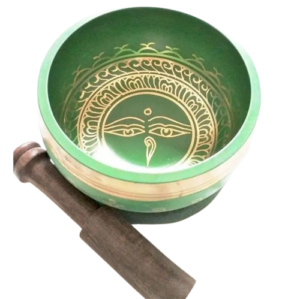
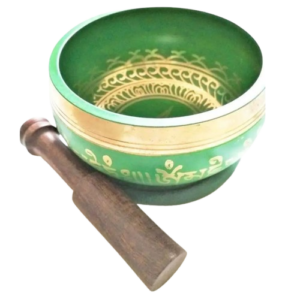
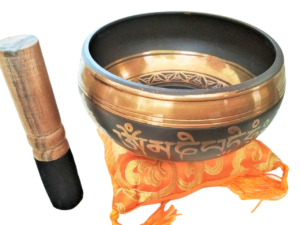
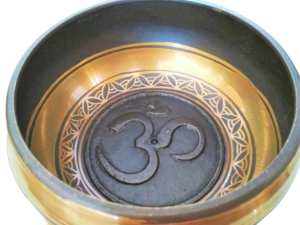
Reviews
There are no reviews yet.